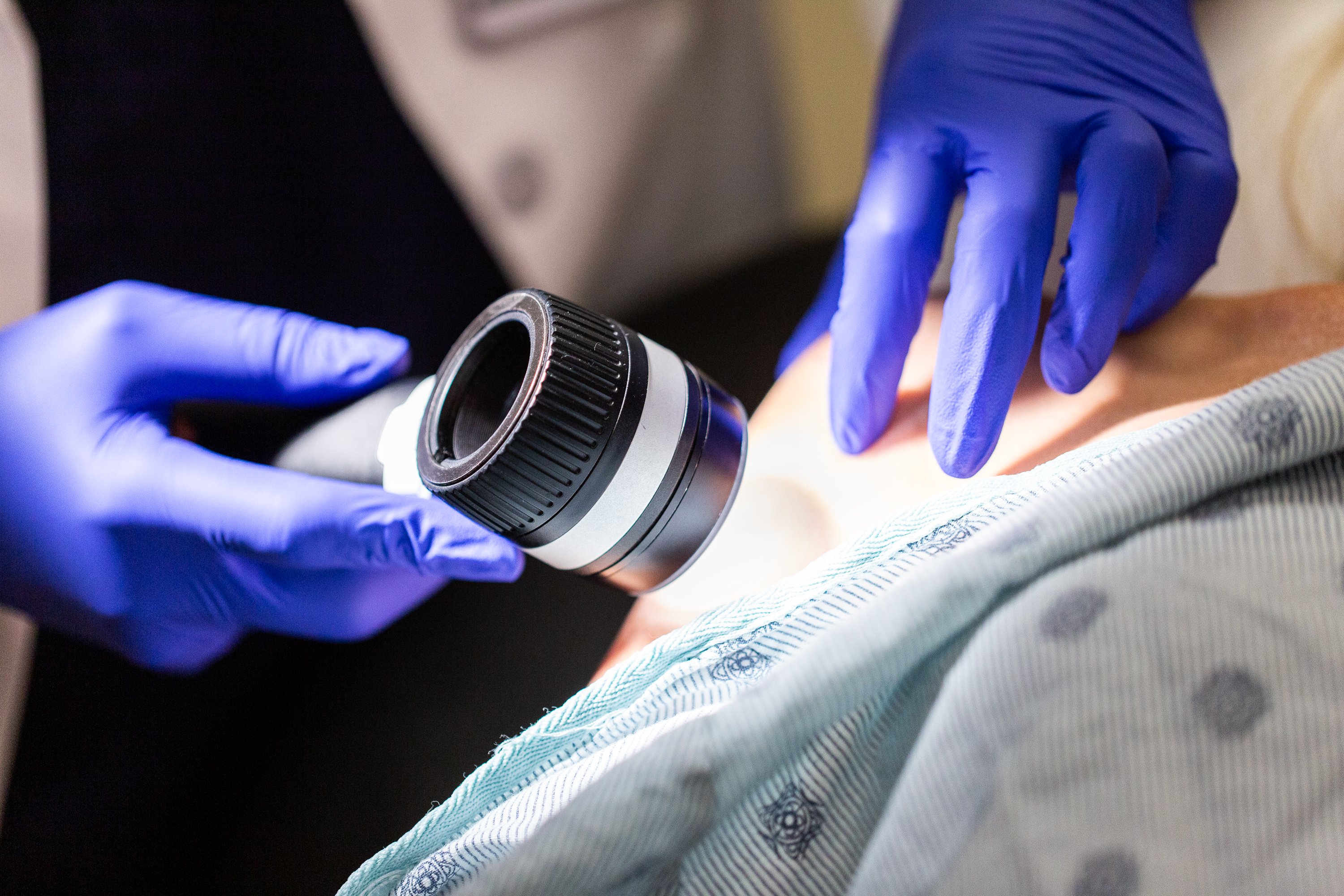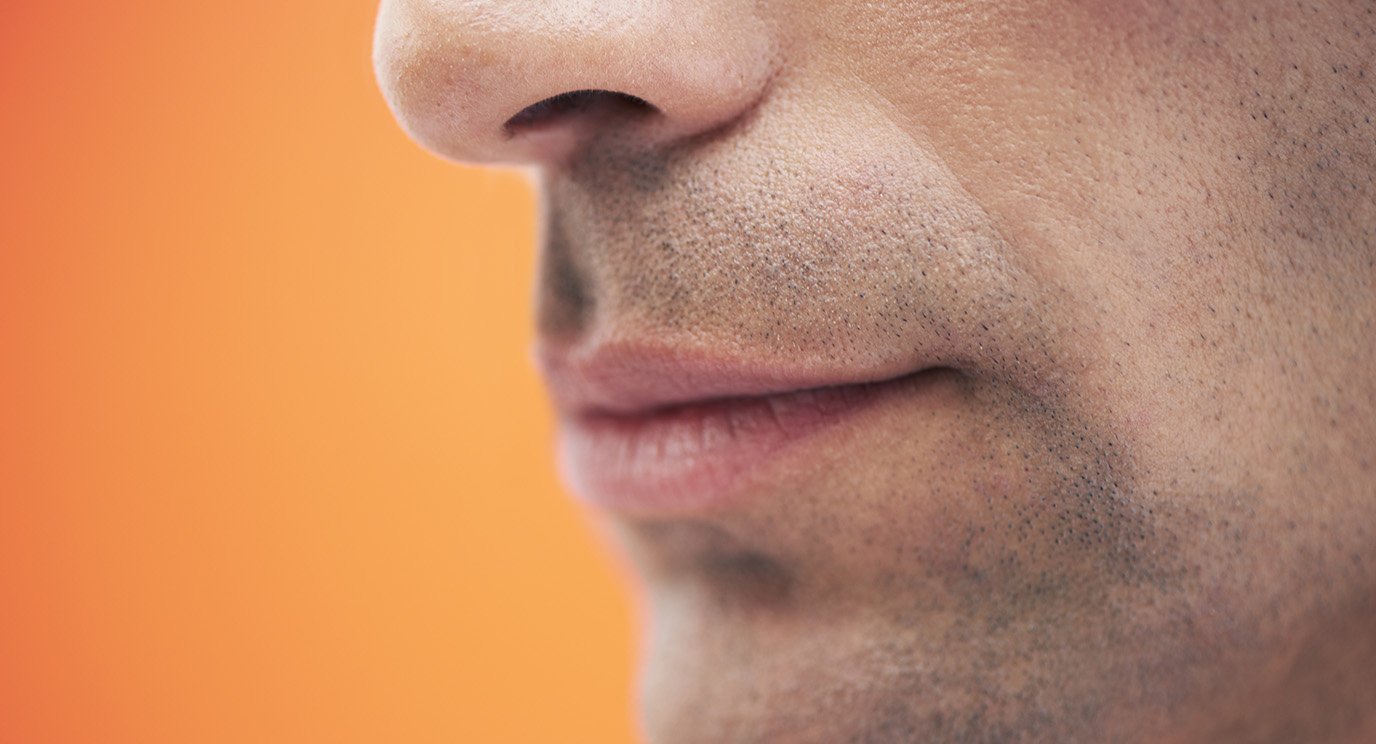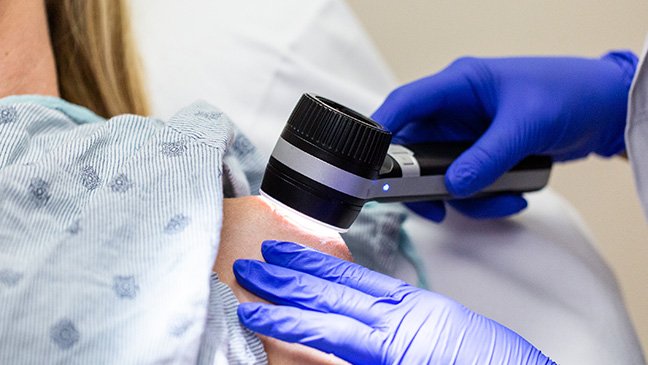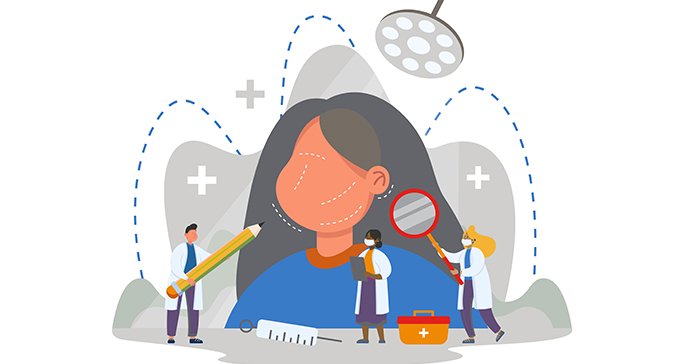- Diseases
- Acoustic Neuroma (14)
- Adrenal Gland Tumor (24)
- Anal Cancer (66)
- Anemia (2)
- Appendix Cancer (16)
- Bile Duct Cancer (28)
- Bladder Cancer (68)
- Brain Metastases (28)
- Brain Tumor (230)
- Breast Cancer (718)
- Breast Implant-Associated Anaplastic Large Cell Lymphoma (2)
- Cancer of Unknown Primary (4)
- Carcinoid Tumor (8)
- Cervical Cancer (154)
- Colon Cancer (164)
- Colorectal Cancer (110)
- Endocrine Tumor (4)
- Esophageal Cancer (42)
- Eye Cancer (36)
- Fallopian Tube Cancer (6)
- Germ Cell Tumor (4)
- Gestational Trophoblastic Disease (2)
- Head and Neck Cancer (6)
- Kidney Cancer (124)
- Leukemia (344)
- Liver Cancer (50)
- Lung Cancer (288)
- Lymphoma (284)
- Mesothelioma (14)
- Metastasis (30)
- Multiple Myeloma (98)
- Myelodysplastic Syndrome (60)
- Myeloproliferative Neoplasm (4)
- Neuroendocrine Tumors (16)
- Oral Cancer (100)
- Ovarian Cancer (170)
- Pancreatic Cancer (166)
- Parathyroid Disease (2)
- Penile Cancer (14)
- Pituitary Tumor (6)
- Prostate Cancer (144)
- Rectal Cancer (58)
- Renal Medullary Carcinoma (6)
- Salivary Gland Cancer (14)
- Sarcoma (236)
- Skin Cancer (296)
- Skull Base Tumors (56)
- Spinal Tumor (12)
- Stomach Cancer (60)
- Testicular Cancer (28)
- Throat Cancer (90)
- Thymoma (6)
- Thyroid Cancer (98)
- Tonsil Cancer (30)
- Uterine Cancer (78)
- Vaginal Cancer (14)
- Vulvar Cancer (18)
- Cancer Topic
- Adolescent and Young Adult Cancer Issues (20)
- Advance Care Planning (10)
- Biostatistics (2)
- Blood Donation (18)
- Bone Health (8)
- COVID-19 (362)
- Cancer Recurrence (120)
- Childhood Cancer Issues (120)
- Clinical Trials (626)
- Complementary Integrative Medicine (24)
- Cytogenetics (2)
- DNA Methylation (4)
- Diagnosis (230)
- Epigenetics (6)
- Fertility (64)
- Follow-up Guidelines (2)
- Health Disparities (14)
- Hereditary Cancer Syndromes (124)
- Immunology (18)
- Li-Fraumeni Syndrome (8)
- Mental Health (118)
- Molecular Diagnostics (8)
- Pain Management (62)
- Palliative Care (8)
- Pathology (10)
- Physical Therapy (18)
- Pregnancy (18)
- Prevention (896)
- Research (390)
- Second Opinion (74)
- Sexuality (16)
- Side Effects (604)
- Sleep Disorders (10)
- Stem Cell Transplantation Cellular Therapy (216)
- Support (404)
- Survivorship (322)
- Symptoms (184)
- Treatment (1776)
Are inverted nipples a sign of breast cancer?
4 minute read | Published September 08, 2023
Medically Reviewed | Last reviewed by an MD Anderson Cancer Center medical professional on September 08, 2023
Last updated Sept. 12, 2023
Most of the time, nipples on the breast point outward. Sometimes a nipple lays flat against the areola, known as a retracted nipple. But sometimes, nipples can point inward, which is referred to as inverted nipples, or nipple inversion.
Inverted nipples are pretty common. Up to 20% of men and women have them, says breast medical oncologist Jason Mouabbi, M.D.
What causes inverted nipples? And can they ever be a sign of a serious medical condition like breast cancer? We spoke with Mouabbi for answers to these questions and more.
What causes inverted nipples?
Half of all inverted nipples are due to congenital causes, meaning it’s a trait you’re born with. So, if 20% of the general population has inverted nipples, half of that population, or 10% of the total population, have them due to congenital causes.
“An easy way to tell if inverted nipples are congenital is to see if the inverted nipples are bilateral, or affecting both breasts,” says Mouabbi. “About 90% of congenital inverted nipples affect both breasts.”
Some people have acquired nipple inversion, which can occur any time after birth. It has many possible causes, including:
- Trauma – e.g., if you brake hard while driving and the seatbelt tightens across your chest
- Breastfeeding
- Infection – e.g., mastitis, an inflammation of the breast
- Rapid weight loss – When the fatty tissue right behind the nipple is lost, the nipple can sink in, or invert.
- Aging – As you age, your breast loses structures and starts to sag. This can also cause nipple retraction.
Are inverted nipples ever a sign of breast cancer?
Yes, inverted nipples can be a sign of breast cancer in both men and women. Here are some indicators that nipple inversion could be cancer.
- It affects only one breast.
- It happens suddenly.
- It has one or more of the following associated symptoms:
- a lump in the breast
- discharge from the nipple, particularly if it’s bloody or has a yellowish hue
- breast skin dimpling, resembling an orange peel
“If you have any of these symptoms, see your physician right away,” says Mouabbi. “The doctor will discuss your history to see if there was trauma or an event that may have led to the nipple inversion. And they’ll do a physical exam.”
During a physical exam, your doctor can feel for any lumps and squeeze the nipple to see if there’s discharge as well as the color. They may also order a mammogram and breast ultrasound to further examine the breast.
“You can identify inverted nipples on a mammogram, and we can also see if there’s any scar tissue,” says Mouabbi.
Are inverted nipples associated with a particular type of breast cancer?
Yes, it’s most often a ductal cancer.
Paget disease of the breast is a rare type of ductal cancer that accounts for 1% to 4% of breast cancer cases. The disease first appears on the nipple and often extends to the areola.
“Paget disease is contained inside the duct and is therefore considered as stage 0 breast cancer,” says Mouabbi. “The nipple is an extension of the breast ducts. What happens is the cancer cells inside the ducts get closer to the nipple and begin to pull on it, which causes the inverted nipples.”
Are there treatments for inverted nipples?
If cancer is the cause of your inverted nipples, speak with your oncologist to determine the best course of treatment. Options for breast cancer treatment could include surgery, chemotherapy, radiation therapy and targeted therapy.
Inverted nipples follow a grading system of 1 to 3, with 1 being the least severe.
- Grade 1: The nipple can easily be pulled out, and it will stay that way.
- Grade 2: The nipple can be pulled out, but it will eventually retract back in.
- Grade 3: The nipple cannot be pulled out at all.
Inverted nipples that are not cancer-related can sometimes be corrected with plastic surgery.
“Grade 1 usually does not require surgical intervention,” says Mouabbi. “Plastic surgeons can intervene with Grades 2 and 3.”
There are also non-surgical approaches, such as a suction cup you place over your nipple a few hours a day to gradually help stretch the milk ducts in the nipple.
What else should we know about inverted nipples?
“Inverted nipples are very common in both men and women,” Mouabbi says. “Most of the time, it’s not cancer, and there is a benign cause for it.”
However, it's important to get checked out by a doctor if only one nipple is inverted, appears suddenly and/or you see associated symptoms, like a lump in the breast or sudden nipple discharge.
Request an appointment at MD Anderson online or by calling 1-833-782-0861.

Inverted nipples are very common in both men and women. Most of the time, it’s not cancer.
Jason Mouabbi, M.D.
Physician






